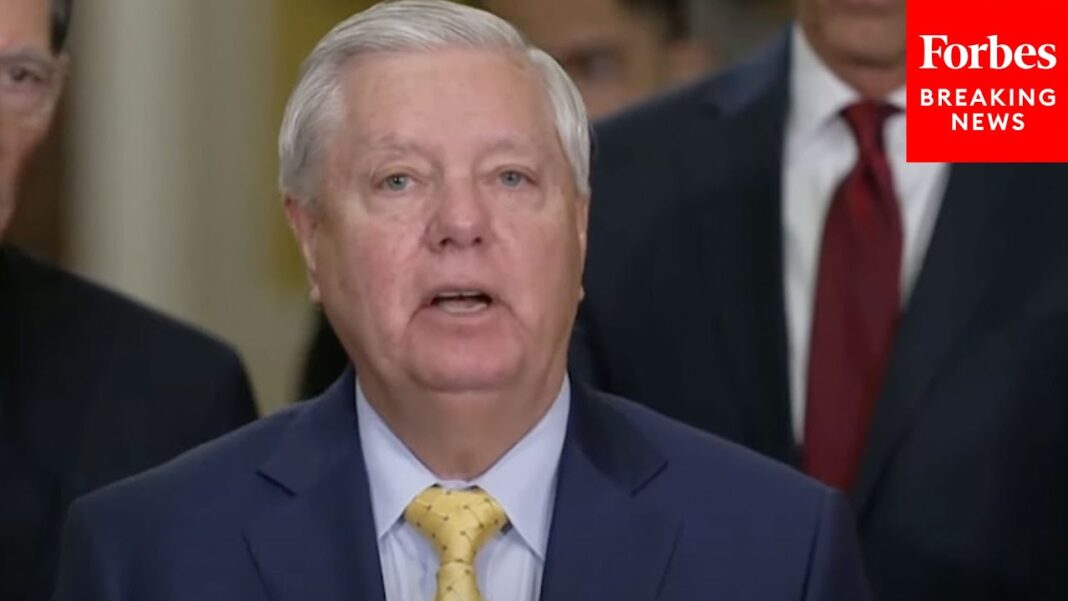
SPEND, SPEND, SPEND!!!
Senate Republicans have the ambitious goal of jamming through funding boosts for defense and border security — separately from the appropriations process — ahead of a mid-March deadline to prevent a government shutdown.
Senate Budget Committee Chair Lindsey Graham (R-S.C.) said this week that he told President Trump “it would be really helpful if we could give him the money for the border plan for four years before March 14.”
“It’d be really helpful if we had $150 billion of new money before March 14, because the discussions about funding the government are dramatically different,” he told The Hill. “And I think he buys into that.”
The strategy could help GOP lawmakers secure more leverage in funding talks, as Republicans have sought lower levels for nondefense programs, while Democrats have demanded parity in increases to both defense and nondefense spending.
But Republicans face enormous hurdles in moving such a plan out of Congress, despite controlling both chambers, as GOP leaders clash over how to advance key parts of Trump’s tax, defense and border agenda.
Republicans would move the border and defense money through a process known as reconciliation, which would allow them to bypass the 60-vote threshold normally needed to move bills in the Senate. But reconciliation is a lengthy and complicated process, normally taking far longer than the month remaining until March 14, and the chambers are already at odds over the first step.
House and Senate Republicans last week advanced two separate budget resolutions, which unlock the reconciliation process and outline requirements for the final bill.
The Senate resolution, which passed out of committee on Wednesday, seeks to allow upward of $300 billion to beef up border and national defense that Republicans hope to offset in the eventual package that results from the process.
The House followed suit shortly after, advancing out of the Budget Committee a broader budget blueprint that would also allow boosts in spending for border and defense, but it goes much further. In addition to paving the way for potentially trillions of dollars in spending cuts, as well costly extensions to Trump’s tax cuts and other potential tax wish list items, it also would allow for a $4 trillion increase to the nation’s debt limit — which comes as Congress is facing a ticking clock to act to prevent a national default later this year.
By Aris Folley
Read Full Article on TheHIll.com






